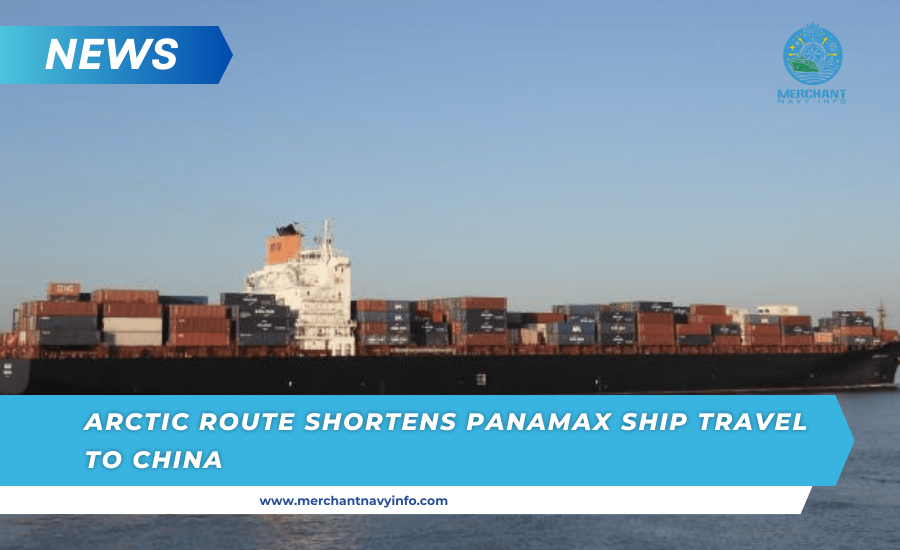
First Panamax container ship crosses the Arctic and arrives in China in just three weeks
The first crossing of a Panamax ship through the Arctic went smoothly. The 294-meter-long Panamax Exocet 1 traveled from St. Petersburg in the Baltic Sea to China in just over three weeks, about two weeks shorter than the normal voyage through the Suez Canal.
It is expected to arrive at its destination Shanghai in the early morning of September 26. The ship is operated by Hong Kong EZ Safetrans Logistics.
Just ten years ago, the proposal to send containers regularly through Russia’s Northern Sea Route in the summer would have seemed impossible to most people. This year, there will be nearly 20 crossings in the Arctic Ocean, all of which connect Russian and Chinese ports via the Arctic Shortcut.
Capable of carrying 4,890 20-foot equivalent containers, it sets a new standard for Arctic container transportation. Before this summer, only small container ships of 1,500 to 2,000 TEU had attempted the Arctic Shortcut. Over the past three months, several larger feeder vessels have established seasonal service between the ports of Arkhangelsk and St. Petersburg and China.
The Flying Fish 1 left St. Petersburg on September 3 and entered the Northern Sea Route a week later on top of Novaya Zemlya. Shortly thereafter, she encountered another Chinese container ship, the first encounter between two large container ships in the Arctic. This nighttime encounter took place just 850 nautical miles from the North Pole, with no sea ice in sight.
Flying Fish 1 in the Arctic

The vessel was able to maintain a speed of 16 knots throughout the route, which shows how dramatically Arctic ice conditions have changed over the past two decades. The Flying Fish 1 continued through the Laptev Sea and the East Siberian Sea, avoiding some late summer ice near Wrangel Island.
On September 17, just six days after entering the Russian Arctic, the ship abandoned its route and crossed the Bering Strait near Alaska without any icebreaker assistance.
Once completed, the journey from the Baltic Sea to Shanghai will be about 8,000 nautical miles, about 4,000 nautical miles less than the traditional route through the Suez Canal. Most ships are currently rerouted around South Africa due to unstable conditions in the Red Sea, adding another 4,000 miles to the standard route to Asia.
Currently, shipping services between Europe and Asia through the North are still limited to three to four months in the summer, but as sea ice retreats in early summer and returns later in winter, more operators may look to new opportunities in the Arctic.









